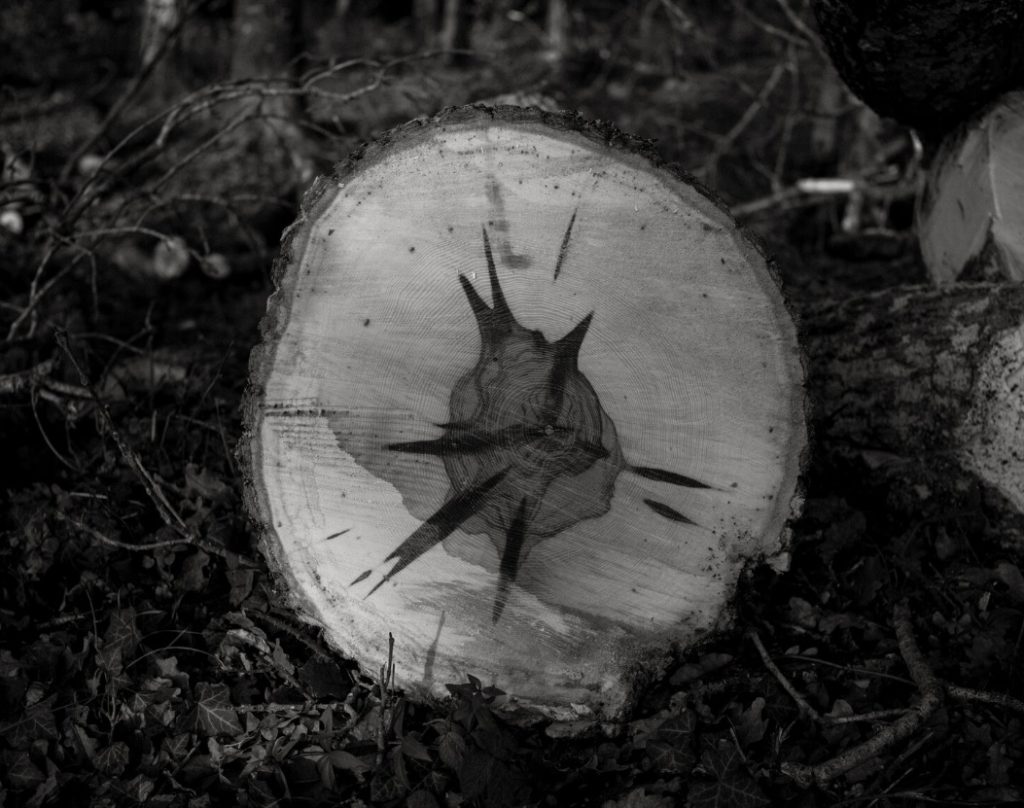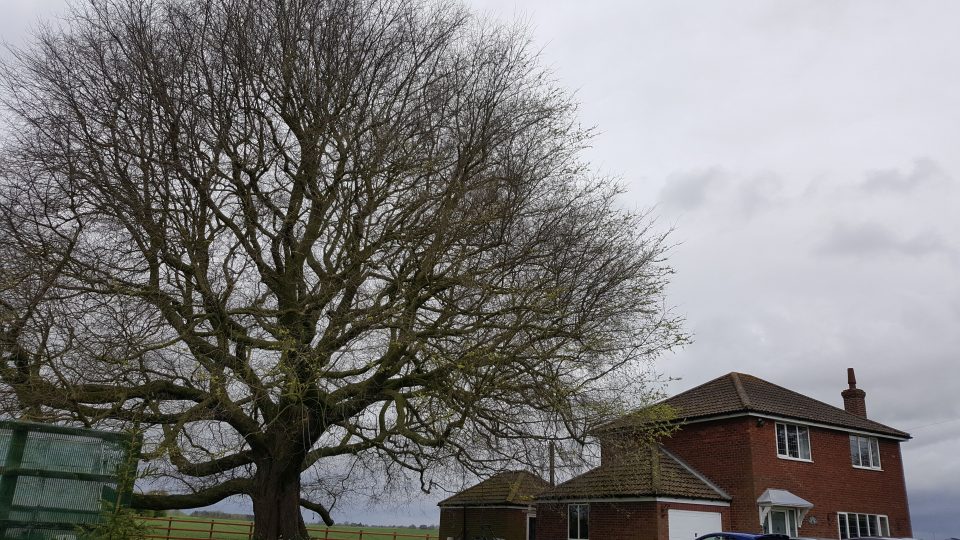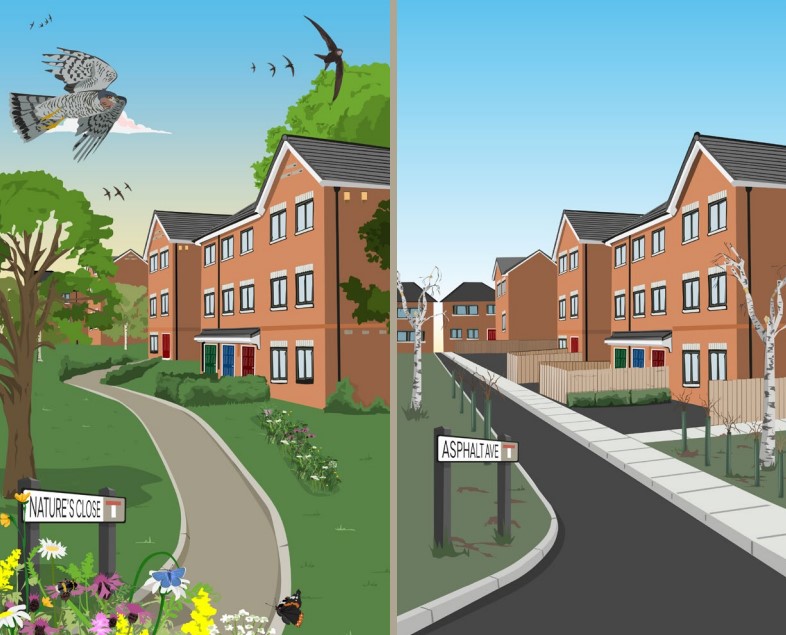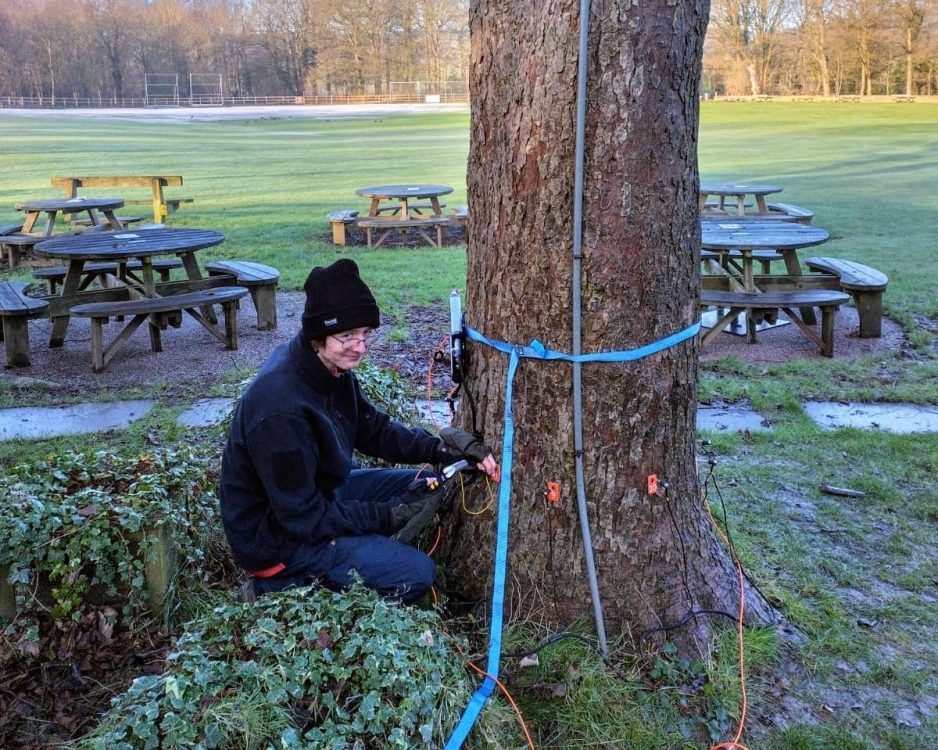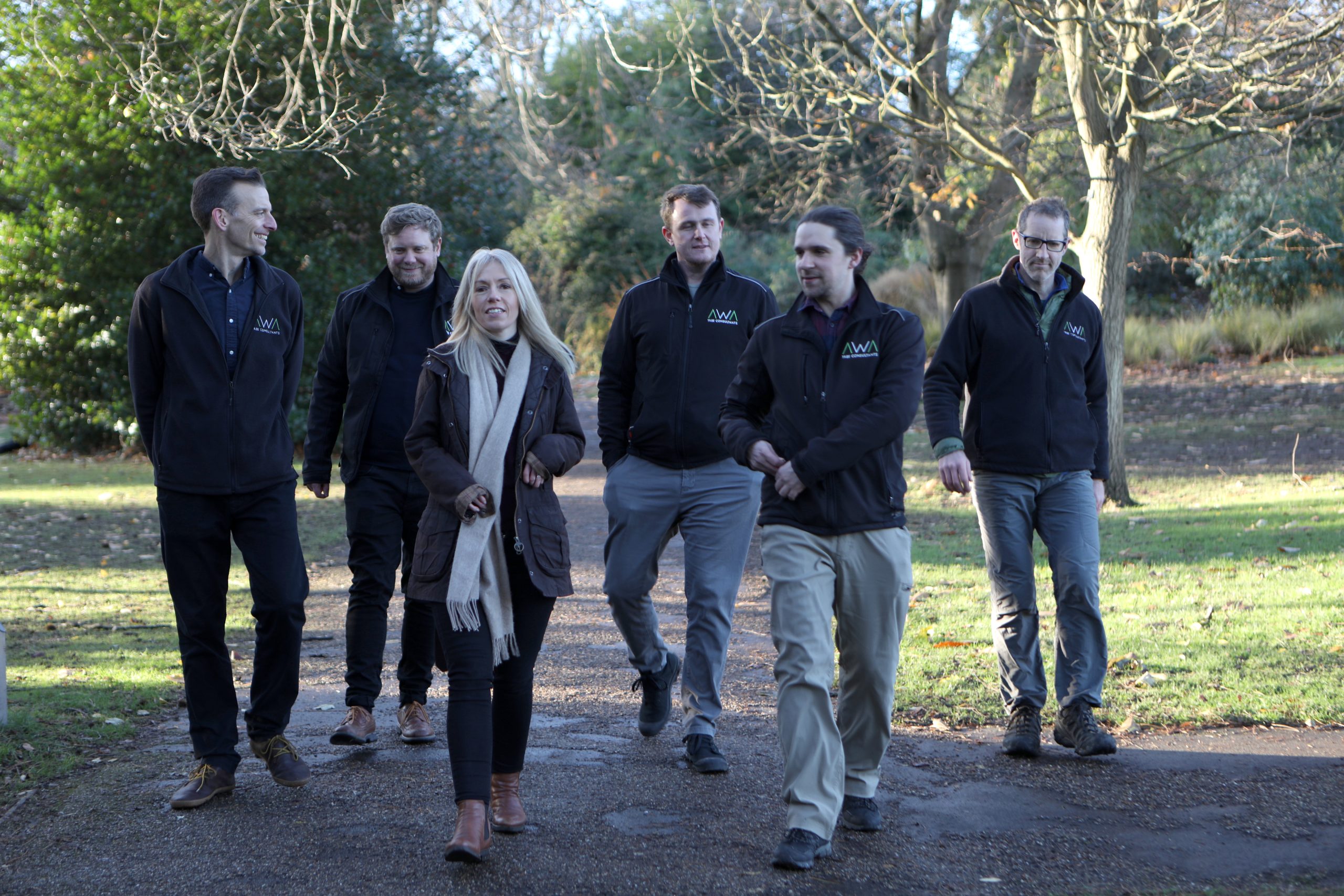
Join our Team of Tree Consultants
14th January 2022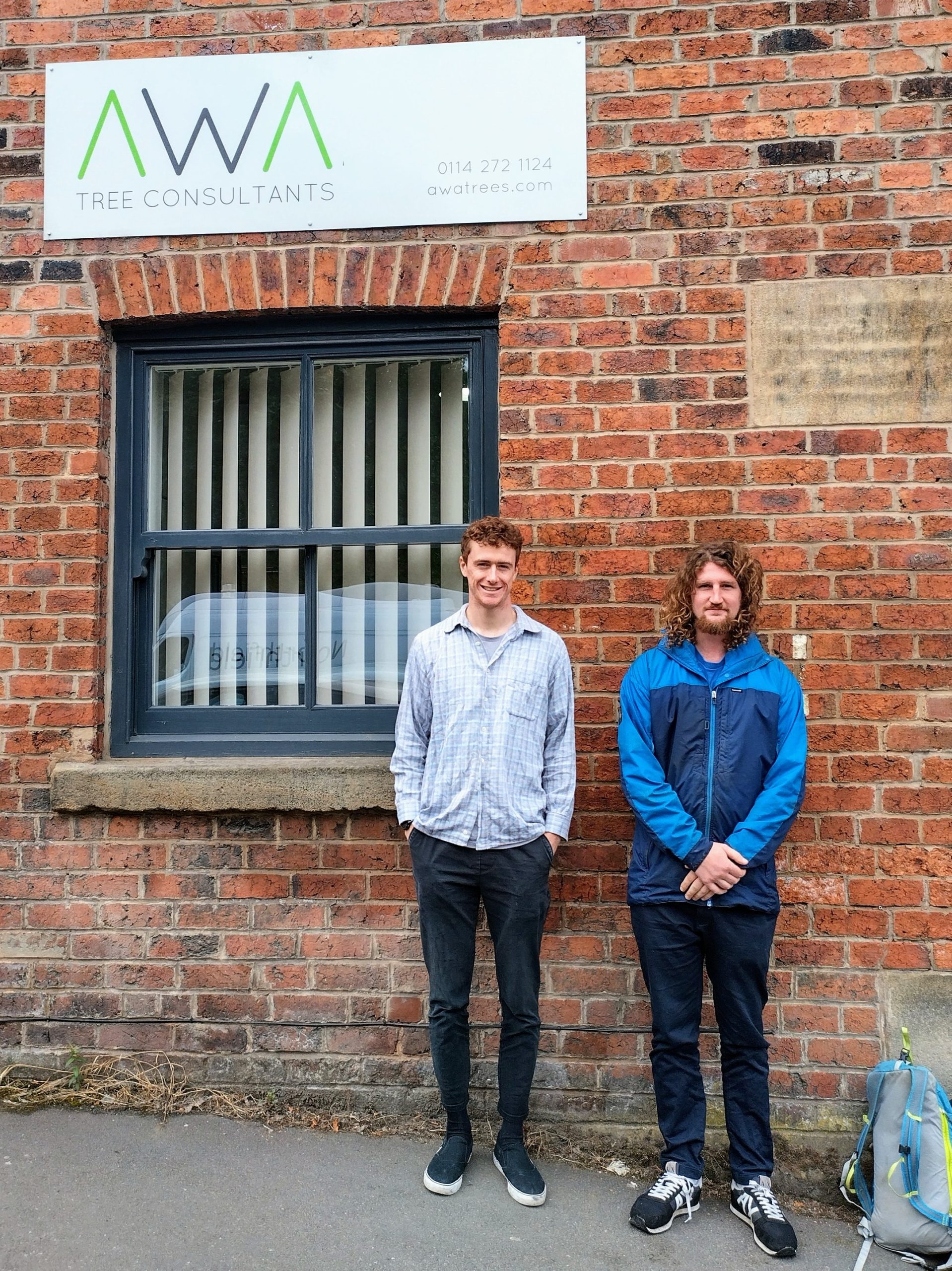
Expert Arboriculturists Join Our Team
2nd September 2022Ash Dieback and Tree Surveys for Planning
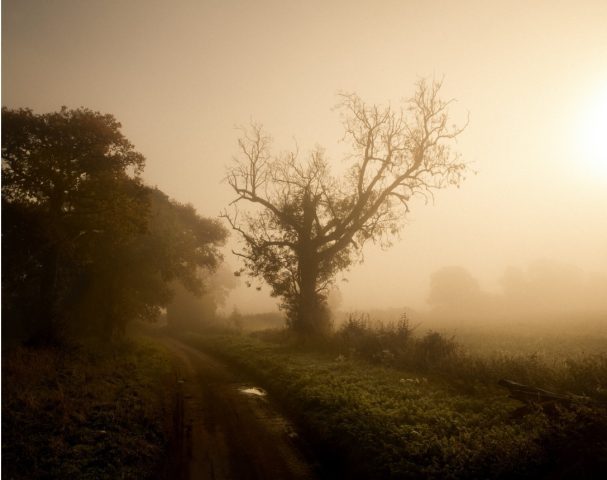
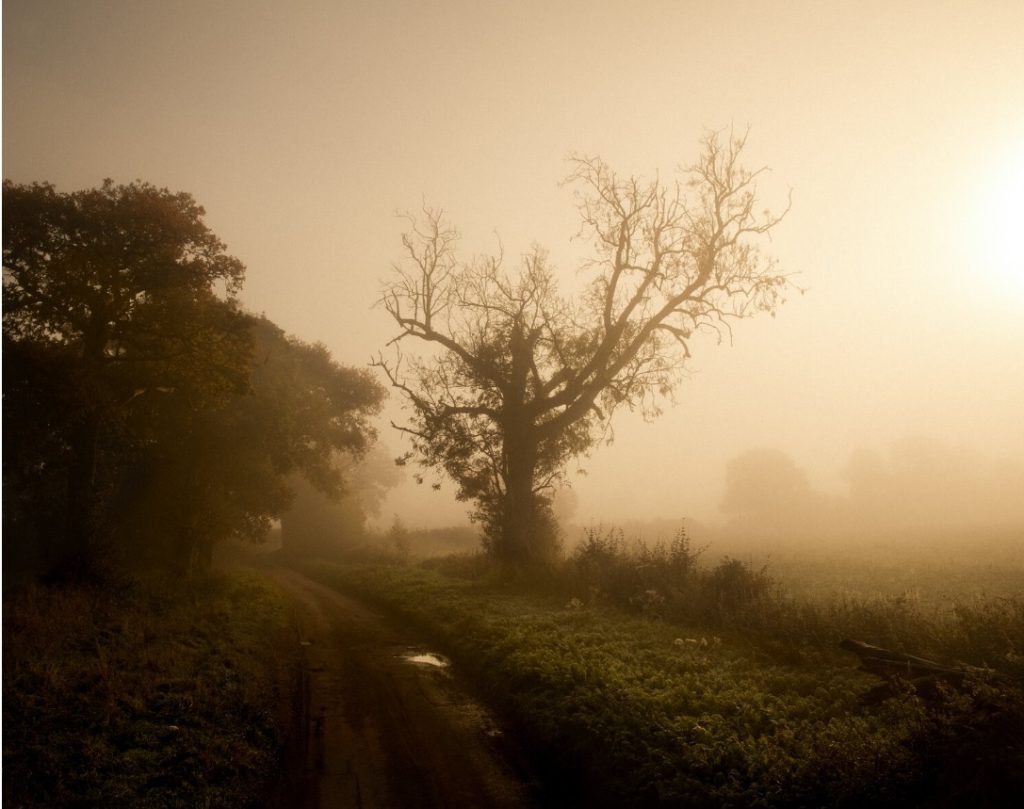
Ash dieback disease is having a major impact to the UKs Ash trees, with losses of between 75% and 90% predicted. At AWA Tree Consultants we are having to adapt to this when undertaking tree surveys for planning in Yorkshire and the surrounding regions of Derbyshire and Lincolnshire. Ash dieback is impacting our tree surveys in two main ways. Firstly, in the extra focus on Ash when assessing the risk of harm to people or property, and secondly, in how we recommend retaining Ash trees in relation to potential development sites, when undertaking British Standard (BS 5837) tree reports for planning and development.
What is Ash dieback?
‘Chalara’ Ash dieback is a fungal disease affecting Ash trees, in particular the native Common Ash. Caused by the fungus ‘Hymenoscyphus fraxineus’, and often referred to simply as ‘Chalara’ or Ash dieback, it causes decline and death of infected trees. Following its initial identification in the UK in 2012, it is now widespread in the environment, with the most advanced effects of the disease in southern and eastern counties.
Initially affecting leaves and shoots and causing visible decline of the crowns of affected trees, the disease can progress into the branches and stems. This can lead to decline and death as a direct result of infection, or expose affected trees to other pests and diseases.
As the disease progresses, infected Ash trees can become unpredictably brittle, in whole or in part, and prone to sudden failure. Ash are typically assumed to become unpredictably brittle at approximately 50% crown remaining, although recent work in Sheffield has demonstrated trees can become brittle with as much as 75% crown remaining.
Research is ongoing into the relative tolerance of UK native ash, to identify individuals with a high degree of tolerance which may be cloned or bred for future restocking. Once a tree is infected, the disease is usually fatal, either directly or indirectly. Stricken ash trees are prone to shedding limbs or collapsing completely. As such it remains sensible to plan on the basis that a high proportion of our Ash trees will eventually be killed or severely damaged.
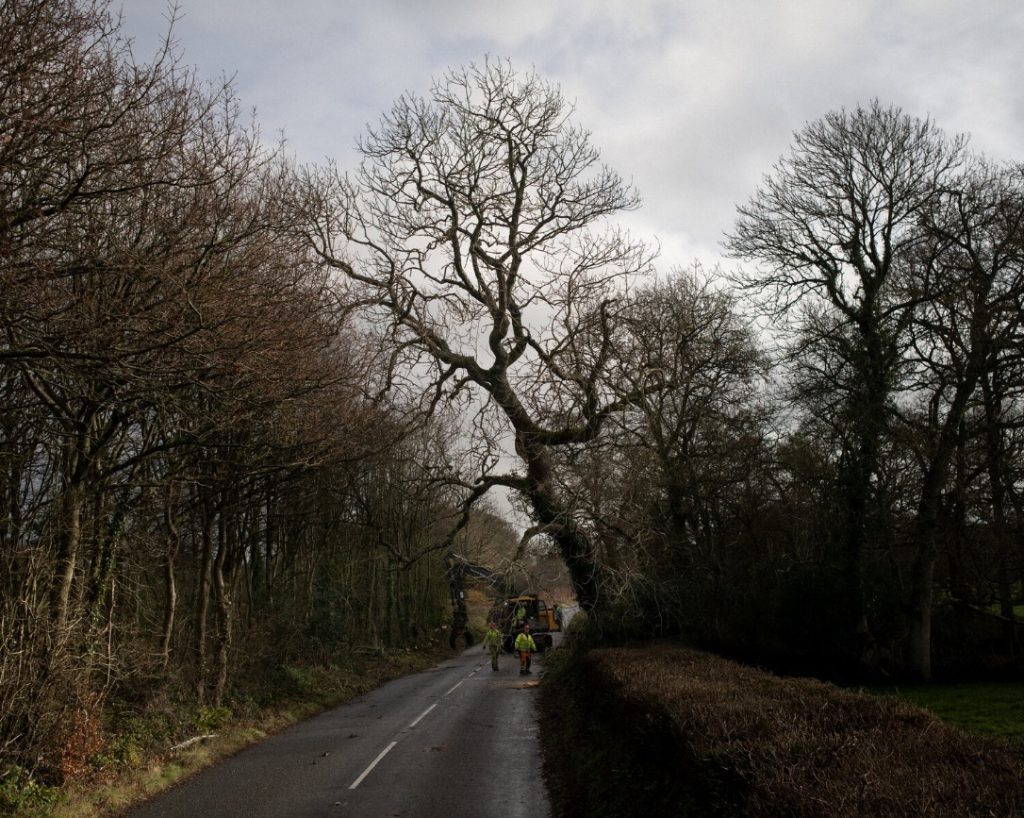
Ash dieback in the Sheffield area
Following its initial identification in the UK in 2012, Ash dieback was officially identified in Sheffield and other areas of Yorkshire in 2016, yet it may well have been present for several years before this. There are an estimated 250,000 ash trees in Sheffield, the majority of which are on public land. Sheffield Council estimate that Sheffield will lose between 127,000 and 215,000 Ash trees in total, including between 76,000 to 130,000 trees on Council managed land over the next 10-15 years. So far, the disease is spreading across Sheffield from the south and west, though affected trees are present in all areas. For an up-to-date GB map on confirmed reports for the disease, see http://chalaramap.fera.defra.gov.uk/
The disease is already having a significant impact in the Peak District and surrounding parts of Derbyshire and Yorkshire. Ash trees are the most common tree in the central limestone area of the Peak District National Park. There are an estimated 8 to 9 million ash trees of various ages, and ash is the overwhelmingly dominant tree in the woodlands of the steep limestone dales, where it may comprise up to 99% of the tree cover. The iconic landscapes of Dovedale, Monsal Dale, Manifold Valleys and Lathkill Dale will be utterly transformed because of the disease, as well as the loss of many thousands of iconic boundary trees and village trees.
Ash Trees in Relation to Design, Demolition and Construction
At AWA, we have been monitoring the situation with Ash dieback closely and our team of arboricultural consultants have a range of experience in Ash dieback management, including risk surveys for public and private clients and action plan and strategy preparation for local authorities.
We are mindful of Ash dieback when categorising trees in accordance with the British Standard “Trees in Relation to Design, Demolition and Construction – Recommendations” (BS 5837) (2012), which details the steps that should be taken to ensure that trees are appropriately retained when a development takes place. The BS BS5837 states:
4.5.8 When categorizing a tree, the presence of any serious disease or tree-related hazards should be taken into account. If disease is likely to be fatal or irremediable, or likely to require sanitation for the protection of other trees, it might be appropriate for the trees concerned to be categorized as U, even if they otherwise have considerable value.
All Ash trees on a potential development site are assessed individually on its merits, the impact that Ash dieback is likely to have on the tree’s remaining value, will influence whether the tree be assigned to the category that it would otherwise merit.
Ash trees may continue to provide landscape and wildlife benefits for some time, so we a careful not to condemn trees to be removed prematurely. However, the sad fact is there is a high probability of significantly reduced life expectancy for surveyed Ash trees on potential development sites.
While trees are assessed on a case-by case basis, in many instances we consider it proportionate to downgrade the retention category of most Ash by one category. So a tree that would have been a Category ‘B’: Trees of moderate quality with an estimated remaining life expectancy of at least 20 years, are downgraded to Category ‘C’: Trees of low quality with an estimated remaining life expectancy of at least 10 years. However, we take a pragmatic view to any infected Ash trees with an existing or proposed target – recognising they’re unsuitable to retain for the next 10 years and so more often fall into Retention Category ‘U’: Those in such a condition that they cannot realistically be retained as living trees in the context of the current land use for longer than 10 years. Although there are no hard-and-fast rules, and many mature Ash can have existing or potential conservation value which it might be desirable to preserve.
When providing tree surveys for planning, we use a common sense approach to Ash trees within the context of potential development sites. We work with clients to ensure their trees can be managed in a cost-effective way, not placing unnecessary constraints on a potential development from trees in irreversible decline, while retaining the biodiversity and amenity benefits Ash trees can still provide.
